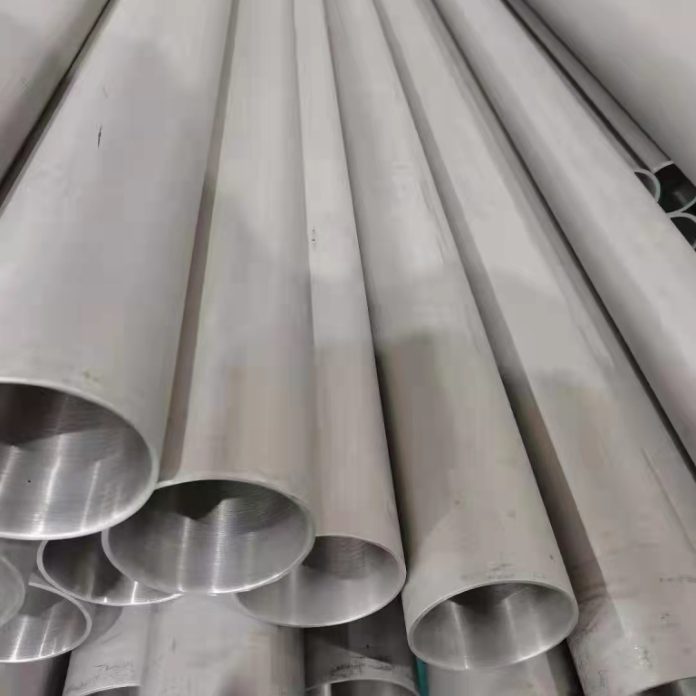Similar to type 316, 317 & 317L is austenitic chromium-nickel steel that contains molybdenum; however, 317L Stainless Steel Pipe has a slightly greater alloy percentage. In unique situations where it is desired to minimize contamination, it offers superior corrosion resistance. The main purpose of 317L’s development was to be more efficient against sulfurous acid compounds.
But because of its shown capacity to fight corrosion, its use has significantly expanded and is now being employed for numerous more industrial purposes. In applications where large cross sections cannot be annealed after welding or where low-temperature stress relieving treatments are sought, 317L’s low carbon content offers immunity to inter-granular corrosion.
Both filler materials and without them, are simple to weld on. To prevent surface corrosion and to give them a better appearance, they are frequently color-plated. Stronger is the AISI 317l Stainless Steel Erw Pipe. Additionally, it has excellent stress corrosion resistance. These characteristics allow it to function at high temperatures while maintaining high compressive strength.
317L Stainless Steel Pipe Resistance Characteristics
Power plants, paper, and pulp processing facilities, textile machinery, petrochemical processing facilities, food processing facilities, flue gas desulfurization scrubbers, and chemical processing facilities are just a few of the applications for austenitic stainless steel of the 317L grade. The material’s malleability and durability make a wide range of uses viable. Additionally, it is an alloy of molybdenum, nickel, and chrome.
The 317L Stainless Steel Pipe has greater corrosion resistance against attacks from sulphur gas condensation. The product may be utilized with less intergranular corrosion while welding thanks to the decreased carbon content, which also lessens material sensitization. Additionally, applications at high temperatures using other mild compounds are also feasible. The substance is non-magnetic. Under temperatures lower than 38 degrees Celsius, the 317L might be utilized with high concentrations of hydrochloric, sulfuric, and other acids.



















